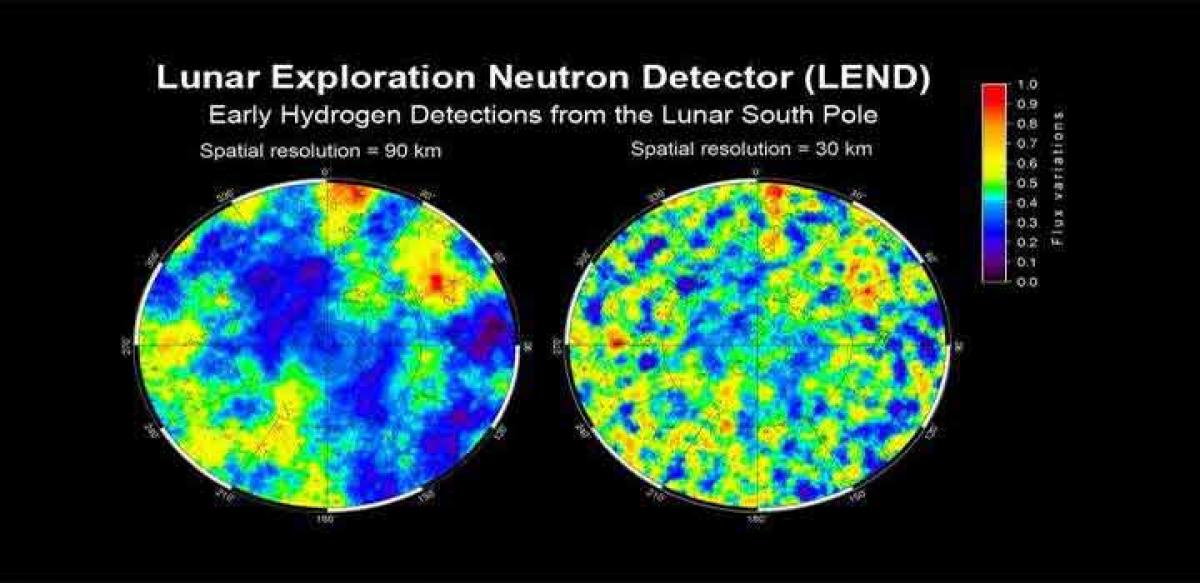Live
- Memorandum filed against upcoming ethanol plant
- Stage set for BJP-SP electoral battle in UP
- Decision to relocate key legal institutions from Kurnool opposed
- Channi apologises for remarks against women
- Nellore: 700 mobile phones worth Rs 1.5 cr recovered
- BRS miserably failed in administration: Congress
- All schools in UP’s NCR districts go online
- Collector flags off the campaign chariot
- A celebration of rights and welfare
- Bharat Forge likely to set up artillery unit in Madakasira





.jpg)




